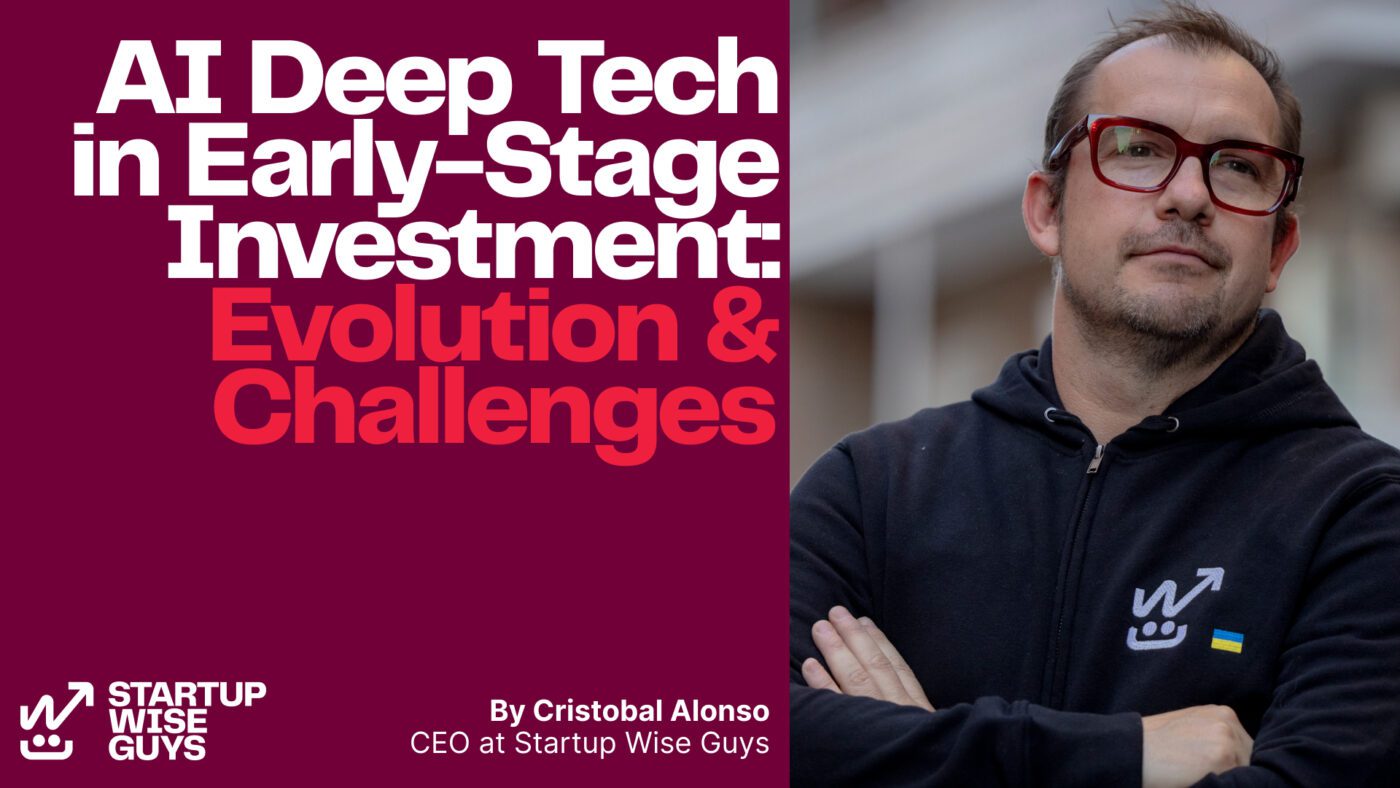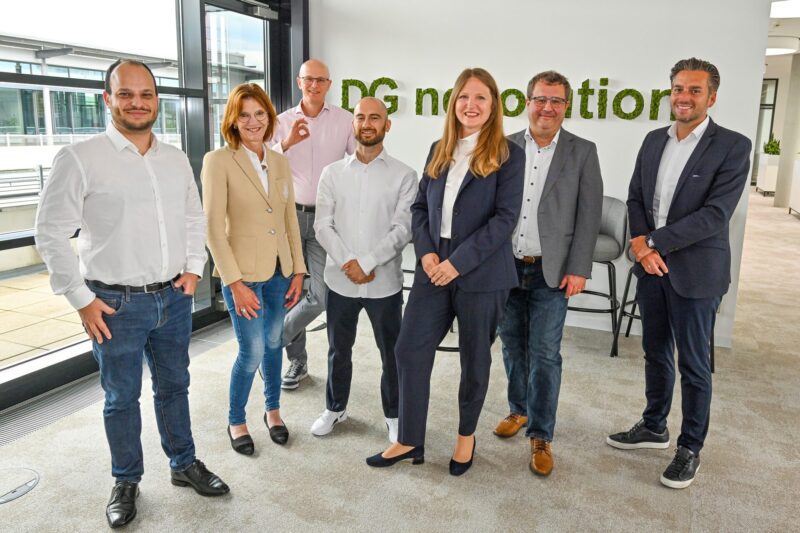The Intersection of AI Deep Tech and Early-Stage VC
In today’s fast-evolving tech landscape, AI Deep Tech has become a focal point for early-stage VC investments. Recently, I was invited to speak at Expand North Star in Dubai on “The Impact of AI in Deep Tech VC Investment.” This opportunity led me to immerse myself in the latest resources, including insights from Sequoia’s Generative AI Report, helping me see AI not as a standalone concept but as a technology that’s becoming embedded in every modern tech stack. Going forward, it won’t be about if companies use AI, but rather how they leverage it for productivity and differentiation.
“AI is no longer a standalone concept; it’s embedded in every modern tech stack. The question now isn’t if companies use AI, but how they leverage it for productivity and differentiation.”
Cristobal Alonso CEO of Startup Wise Guys
Navigating the AI Deep Tech Landscape: Opportunities and Challenges
The AI-driven Deep Tech sector presents high potential but comes with distinct challenges. As I observed in Dubai, many startups are quick to mention AI, but their tech often lacks the depth needed to stand out. Early-stage VCs face the challenge of discerning real innovation from superficial claims, making it critical to evaluate AI companies based on their tangible applications. For instance, while some startups aim for AI advancements at the infrastructure level, the true opportunity for early-stage VCs lies in identifying companies that utilize AI practically and solve genuine problems, particularly in high-demand sectors like healthcare and cyber.
From Learning to Action: Building Knowledge for Strategic Investment
The learning curve for understanding AI’s potential in Deep Tech is steep, but resources like the State of the Art Report 2024 and sector-focused podcasts have been invaluable. These insights emphasized that for VCs to make well-grounded investments, staying updated on AI advancements and connecting with industry experts is crucial. Through extensive research, I’ve realized that early-stage investors must not only understand AI but know how to separate hype from viable application, creating a framework for evaluating which tech truly stands to transform industries.
Additionally, I leveraged my network and asked some of my good friends that really undestand the topic on a deeper level for time to speak to them, resources and good reads. Special thanks to Martin Salo, Souad AlSerkal and Goda Go (check her newly launched AI community btw) that helped me put some of the ideas below into my talking points. Thanks again for your generosity in terms of time and openess to coach me.
Some other resources I used to inform myself include Some resources as Sequoia Generative AI report, and ex- OpenAI’s Dario Amodei Machines of Loving Grace.

Application Layer Focus: Why Early-Stage VCs Prioritize Practical AI
In early-stage investments, the infrastructure and model-building layers of AI may fall under the purview of large tech firms like Google or OpenAI, whose resources can tackle complex issues like hallucination reduction in LLMs. As early-stage VCs, our best opportunities are in supporting startups focused on AI’s application layer. This approach allows us to back companies that are making AI accessible to industries like cyber, defense, and robotics, providing value at scale by leveraging existing models to solve real-world challenges efficiently.
Empowering Talent and Partnering for Impact: A Roadmap for AI VCs
Early-stage VCs play a pivotal role in nurturing talent by collaborating with universities and large generalist funds. Attracting academic talent into the venture space and focusing on big problems—especially in data-heavy fields like healthcare—is essential. By empowering emerging talent and partnering with seasoned funds, we can catalyze market-ready solutions, driving meaningful change across industries. Europe’s future in AI Deep Tech depends on fostering this ecosystem where innovation, partnership, and applied research converge.
The Future of AI and Deep Tech in Early-Stage VC Investment
AI Deep Tech stands at the frontier of early-stage investment, and its integration into real-world solutions will shape 2024 and beyond. For VCs, the task is clear: identify AI startups that leverage practical applications, solve real problems, and align with the growth of high-impact sectors. By partnering with academic talent and supporting innovation, we’re not just funding technology—we’re building the backbone of tomorrow’s industries.
November 4, 2024





